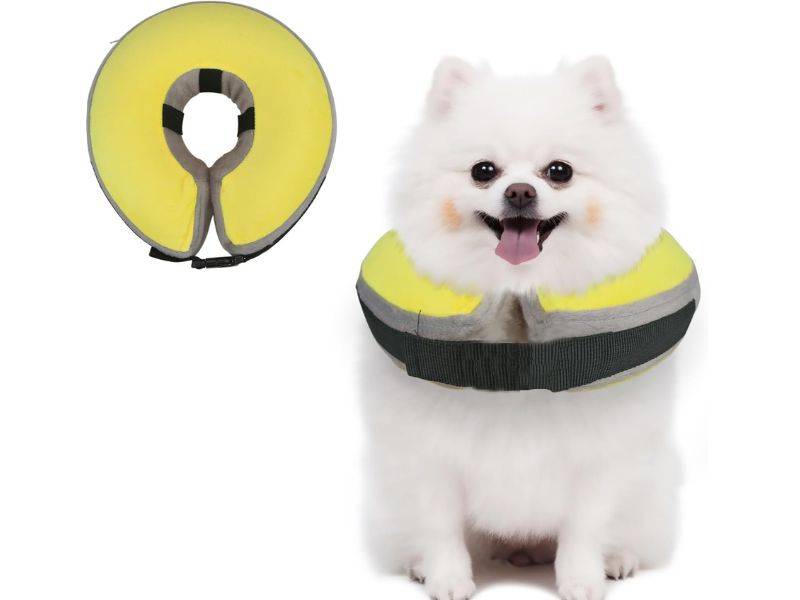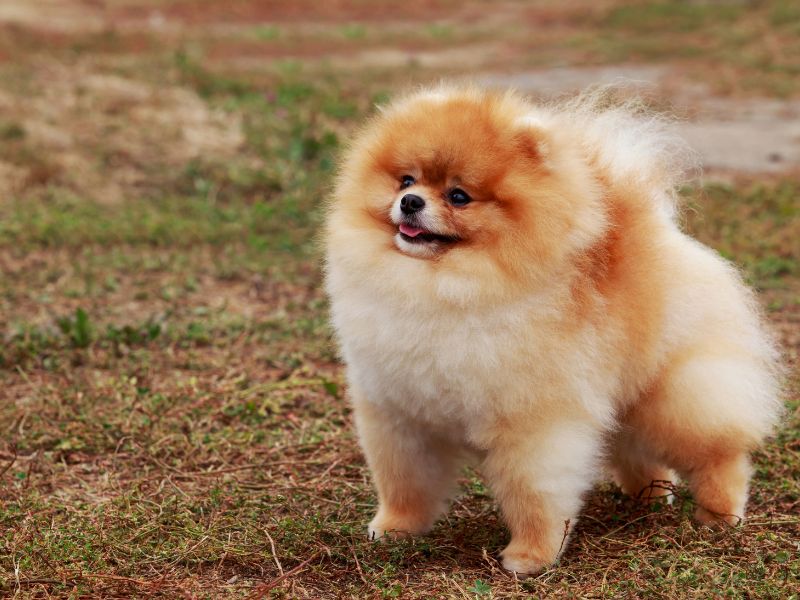
Ever noticed a dog wagging its tail? Most people think it means the dog is happy, but there’s more to it than just that! Dogs wag their tails for various reasons.
In this article, we’ll explore these reasons and also discuss other body language cues that reveal a dog’s mood or intentions. Keep reading to discover why dogs wag their tails and what it signifies!
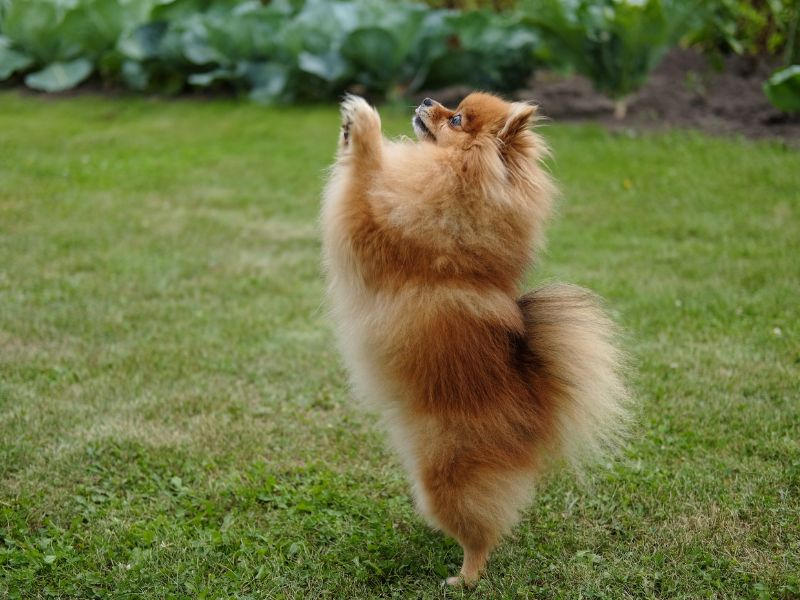
Why Dogs Have Tails
While a wagging tail can indeed bring joy, there’s more to a dog’s tail than just that! Its primary functions include maintaining stability, social signals, and temperature regulation.
Stability
A dog’s tail plays a crucial role in maintaining stability during various activities. When running or making quick turns, it acts as a counterbalance, helping them stay upright. Additionally, while swimming, the tail functions as a rudder, aiding in steering and keeping the dog’s head above water.
Social Signals
A dog’s tail serves as a vital means of communication. When paired with other body signals, it expresses a variety of emotions, spanning from joy and enthusiasm to anxiety and hostility.
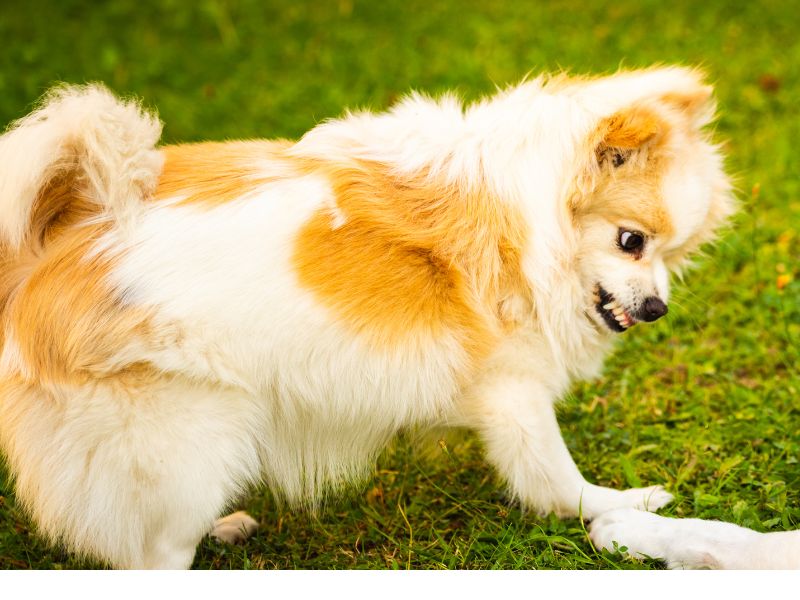
Temperature Regulation
Rich in blood vessels, a dog’s tail serves as a source of warmth during chilly weather, especially by shielding the genital area and anus. Many breeds adopt the adorable habit of curling up into a ball and touching their nose to their tail while sleeping.
In essence, a dog’s tail serves both practical and behavioral purposes. Grasping these roles can enhance communication with your furry friend and contribute to their overall well-being and happiness.
Before delving into the 7 Reasons Why Dogs Wag Their Tails, it’s crucial to take into account their tail position, speed, and other body language signals before drawing any conclusions.
Tail Positions
In dog-to-dog communication, the tail serves as a versatile tool. For instance, a dog might raise its tail high to display confidence, or it might tuck its tail between its legs to express fear or submission.
Moreover, the tail’s position can signal the level of excitement. A low-held wagging tail typically suggests a calm dog, whereas a high-held wagging tail often indicates excitement or joy.
A dog’s tail offers valuable insights into its mood and emotional well-being. Below are some typical tail postures and their usual interpretations:
Low and Tucked
When a dog’s tail is low and tucked near its body, it indicates feelings of fear, anxiety, or submission.
Mid-Level & Wagging
A tail positioned at mid-height, wagging happily back and forth, signals excitement or joy. Dogs often exhibit this behavior when greeting their owners or someone they adore.
Mid-Level & Stiff
A tail held at mid-height suggests that the dog is alert or vigilant. They might be detecting something unfamiliar or suspicious and are ready to defend themselves if needed.
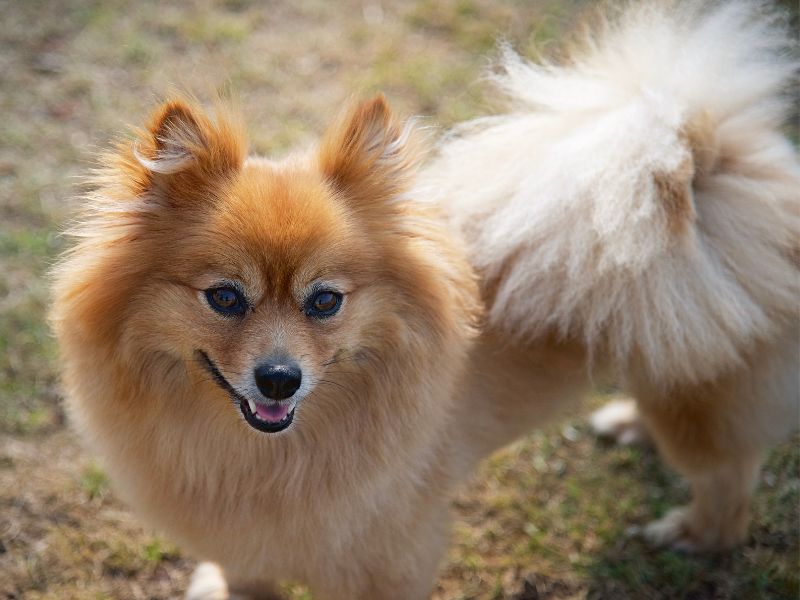
High and Erect
When a dog’s tail stands tall and erect, it’s typically seen in happy and confident dogs. This posture signals their friendliness and playfulness.
Wagging Speed
The speed at which a dog wags its tail can provide insight into their emotions and intentions. A slow wag typically indicates relaxation and contentment, whereas a rapid wag suggests excitement or agitation.
When a dog’s tail wags from side to side, it usually signifies friendliness and approachability. However, if the tail is held stiffly and wagging slowly, it often indicates feelings of threat or anxiety.
By learning to interpret your dog’s tail wags, you can gain a better understanding of their mood and address their needs more effectively.
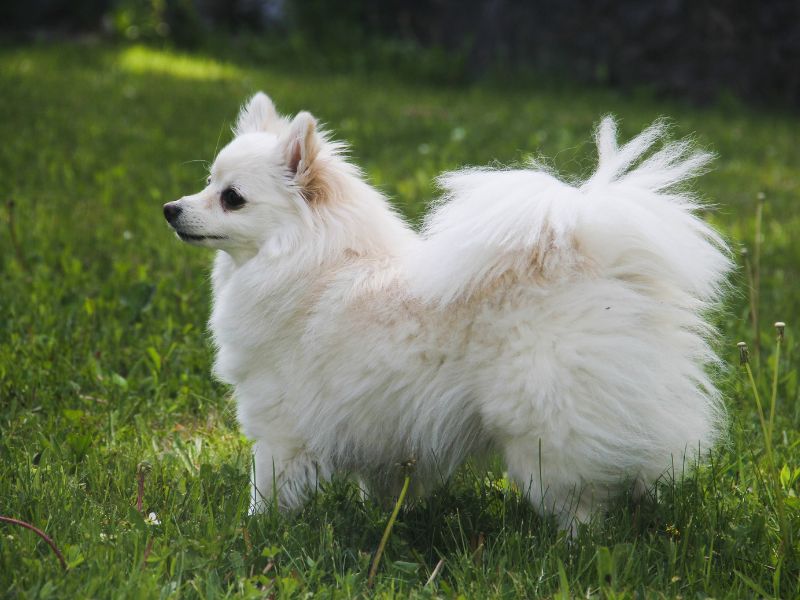
Other Body Language Cues
Apart from tail movements, there are other body language signals to observe to grasp your dog’s mood. For instance, a dog might display a “submissive grin” by showing its teeth when feeling nervous or threatened.
Conversely, baring teeth in a snarl or growl typically indicates aggression or dominance. Dilated pupils, raised hackles (the hair on the neck), and tense body language also suggest a dog may be feeling aggressive or threatened.
On the flip side, relaxed ears, a loose body posture, and a playful “play bow” (when the front end lowers and the rear end lifts) indicate happiness and playfulness.
By paying attention to various tail movements, speeds, and other body cues, you can better understand the nuances of your dog’s communication.

7 Reasons Why Dogs Wag Their Tails
Understanding our furry friends’ communication isn’t always easy, but paying attention to their tail movements can provide valuable clues. Here are specific emotions or messages that dogs convey through tail wagging:
1. Happiness
A primary reason for tail wagging is happiness! When a dog rapidly wags its tail from side to side, it’s typically feeling joyful and excited. This often occurs when they greet familiar faces or engage in playtime.
For instance, consider the enthusiastic tail wagging that occurs when a dog’s owner returns home. If their tail is wagging faster than usual, it’s a clear indicator of their happiness at seeing you!
2. Relief or Excitement
Dogs also wag their tails when they feel relieved or excited. If a dog has been eagerly awaiting something, like their food bowl being filled or their favorite toy being thrown, their tail may wag rapidly in excitement.
This enthusiasm is often evident when dogs are released from crates or pens after being confined for a while – they’re thrilled to be free, and their tails can’t help but wag!
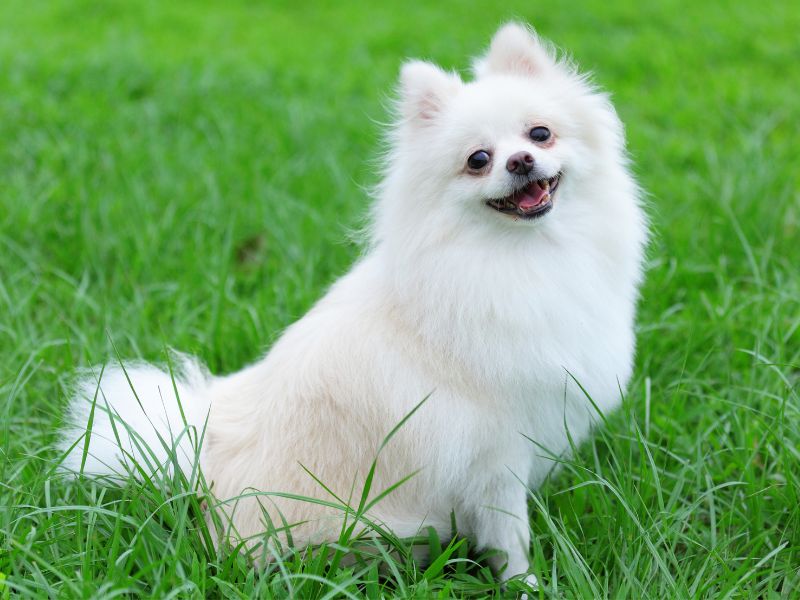
3. Anxiety or Nervousness
Conversely, a dog may wag its tail quickly in a low position when feeling anxious or nervous. Tucking the tail between the legs is a clear sign of fear or insecurity.
Moreover, a dog might cautiously wag its tail slowly when feeling uncertain or uneasy about something.
4. Submission
Wagging the tail in submission is a dog’s way of acknowledging the dominance of another dog, signaling that they pose no threat. This submissive behavior is often followed by the dog rolling onto its back.
Additionally, dogs may wag their tails as a plea for forgiveness. Whether they’ve played too rough with a companion or made a mess in your absence, tail wagging serves as an apology.
5. Curiosity
Dogs express curiosity through tail wagging. When they encounter something intriguing, they approach with a slow, side-to-side wag, demonstrating interest and a desire to explore further.
6. To Find a Mate!
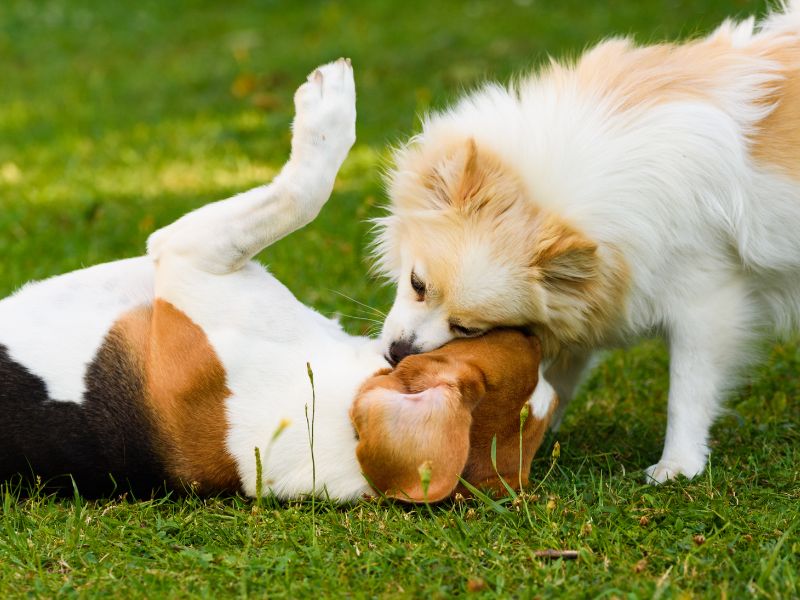
When dogs wag their tails, they release scent from their anal glands into the air, enabling them to communicate with other dogs. This is akin to social profiling, where they gather information about mood, gender, health, and reproductive status – it’s how dogs find potential mates!
So, when a dog wags its tail, it’s not just a cute gesture – it’s actually broadcasting crucial information to other dogs!
7. Aggression or Dominance
In addition to communication, dogs use the scent from their anal glands to mark their territory and assert dominance over others.
Though less common than other reasons on this list, tail wagging can also accompany aggression, typically with a raised and stiff tail. It’s a signal to rivals that they’re ready for a confrontation.
Can Dogs Hurt Their Tails from Wagging Too Much?
Excessive tail wagging can strain a dog’s muscles and ligaments, potentially leading to injury. While it’s uncommon for dogs to injure themselves solely from wagging, they can develop Limber Tail Syndrome from overuse.
More commonly, injuries occur when dogs forcefully strike their tails against hard surfaces, causing damage to the tip, a condition known as ‘Happy Tail Syndrome.’ This is often observed in high-energy or working breeds and can result in a bloody wound.
If you notice your dog’s tail injured or bleeding, it’s essential to seek veterinary attention promptly.
Is Tail Docking Right for My Dog?
Proponents argue that tail docking can prevent tail injuries in certain breeds prone to them, such as hunting or working dogs. They also cite aesthetic reasons, especially in breeds where docked tails are considered part of breed standards.
However, opponents of tail docking argue that it is a painful procedure that deprives dogs of a natural means of communication and expression. They emphasize the importance of considering the welfare of the dog above cosmetic preferences.
Ultimately, whether tail docking is right for a dog depends on various factors, including breed, lifestyle, and individual circumstances. It’s essential for dog owners to research the practice thoroughly, consult with veterinarians, and consider alternative methods for preventing tail injuries before making a decision.
Prioritizing the health and well-being of the dog should always be the guiding principle in such matters.
Why Do Dogs Wag Their Tails While Sleeping?
Dogs communicate a lot through body language, even when asleep. Just as humans may twitch or move during dreams, dogs may wag their tails as a reflex to their dream content.
While we can’t fully decipher what dogs dream about, their tail wagging could represent the emotions or actions they’re experiencing in their dreams. For instance, a dog might wag its tail softly during a dream about playtime or more vigorously during a dream about chasing something.
Overall, tail wagging during sleep offers a glimpse into the rich inner lives of dogs. It’s a reminder of their complex emotional world and their ability to experience a range of feelings even in their subconscious state.
Why Isn't My Puppy Wagging Its Tail?
Puppies often have short and weak tails compared to adult dogs, which can make it challenging for them to wag their tails effectively. They require time to develop the muscles necessary to control their tail movements. As they grow and mature, they will gradually gain better control over their tail muscles, eventually enabling them to wag their tails.
Keep in mind that every dog is unique, so there’s no fixed timeframe for when puppies will start wagging their tails. For example, our second Pomeranian didn’t show much tail activity at 12 weeks, causing some concern. However, she surprised us by suddenly finding the strength to start wagging seemingly overnight!

What if My Dog Stops Wagging Its Tail?
When a dog abruptly ceases wagging its tail, it can be worrisome. There could be various reasons for this change, including illness, injury (like Limber Tail), or emotional distress.
Sometimes, the cause for a dog’s sudden reduction in tail wagging may remain unclear. If you notice your dog has stopped wagging its tail, it’s crucial to monitor for any other behavioral changes and seek advice from your veterinarian to rule out any underlying health issues.
Understanding the Significance of Tail Wagging
Exploring the reasons behind why dogs wag their tails provides valuable insights into their emotions, allowing us to better meet their needs.
Whether it signifies happiness, excitement, anxiety, or submission, tail wagging is a natural response for dogs to express themselves in different situations.
While we may sometimes underestimate its importance, tail wagging plays a significant role in a dog’s physical and emotional well-being.






